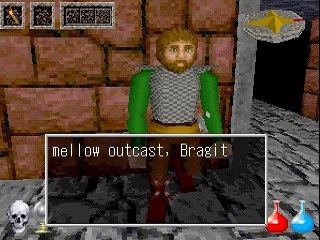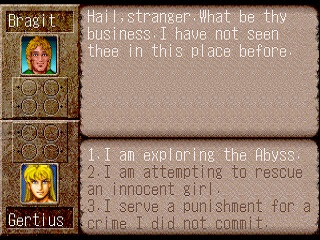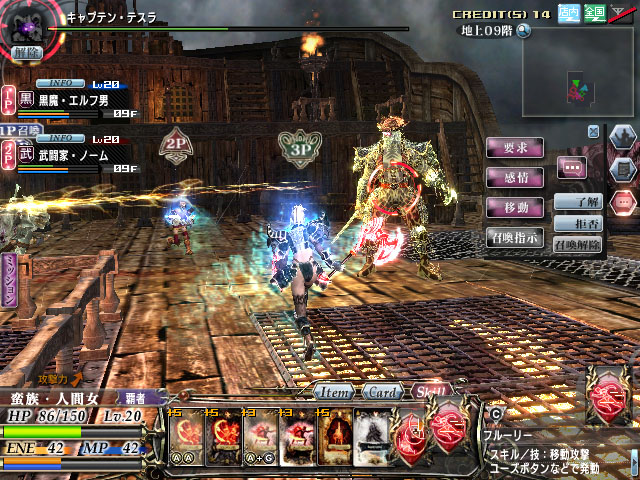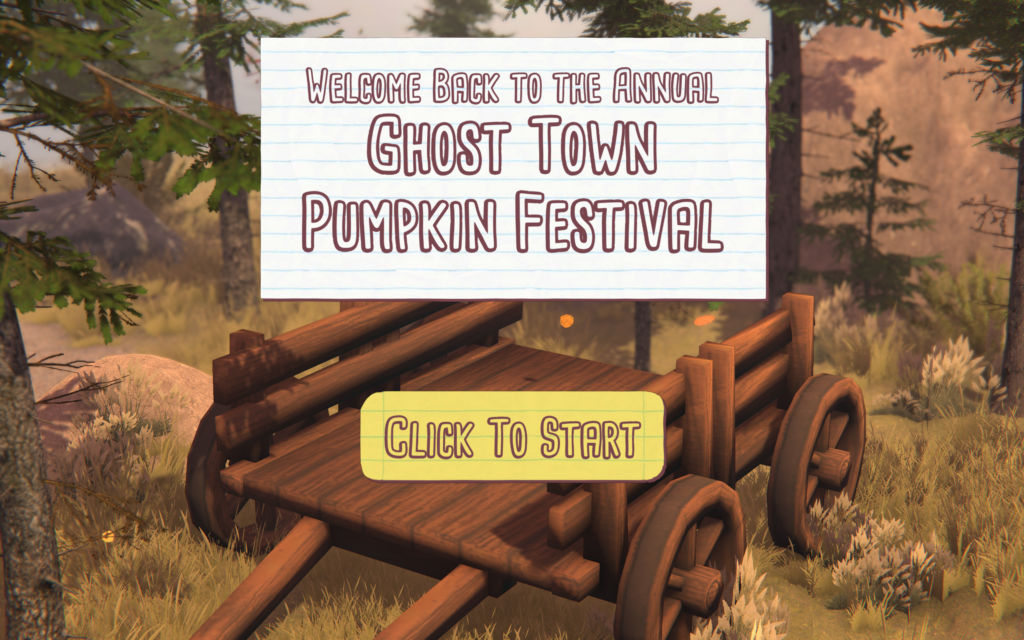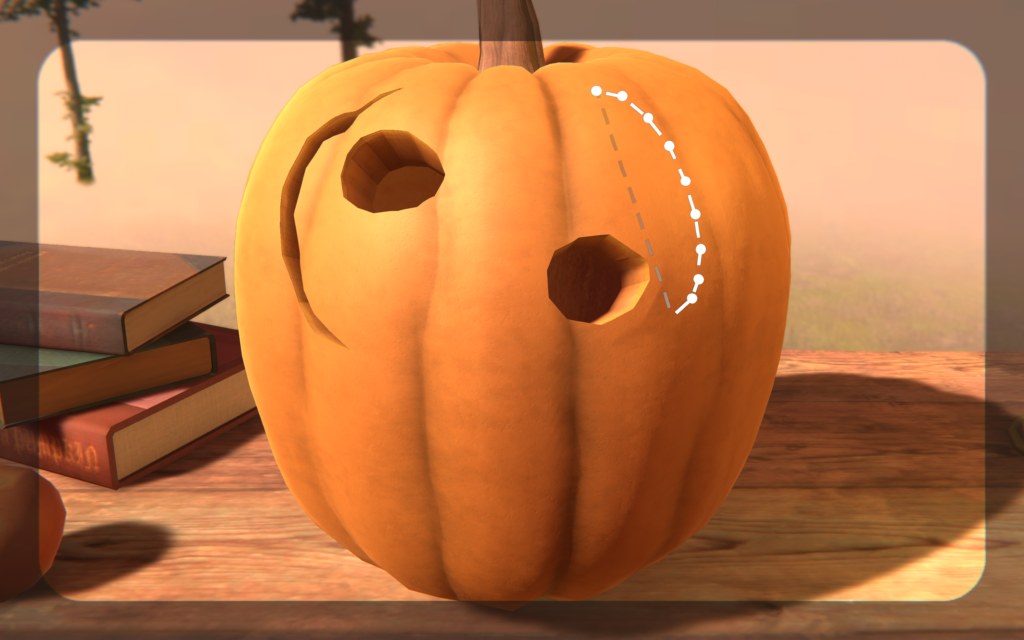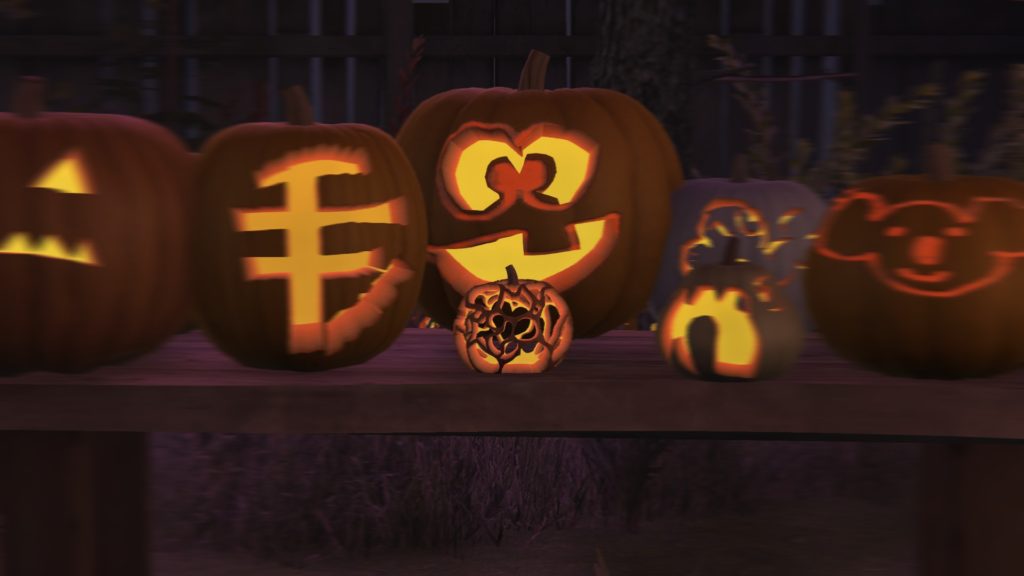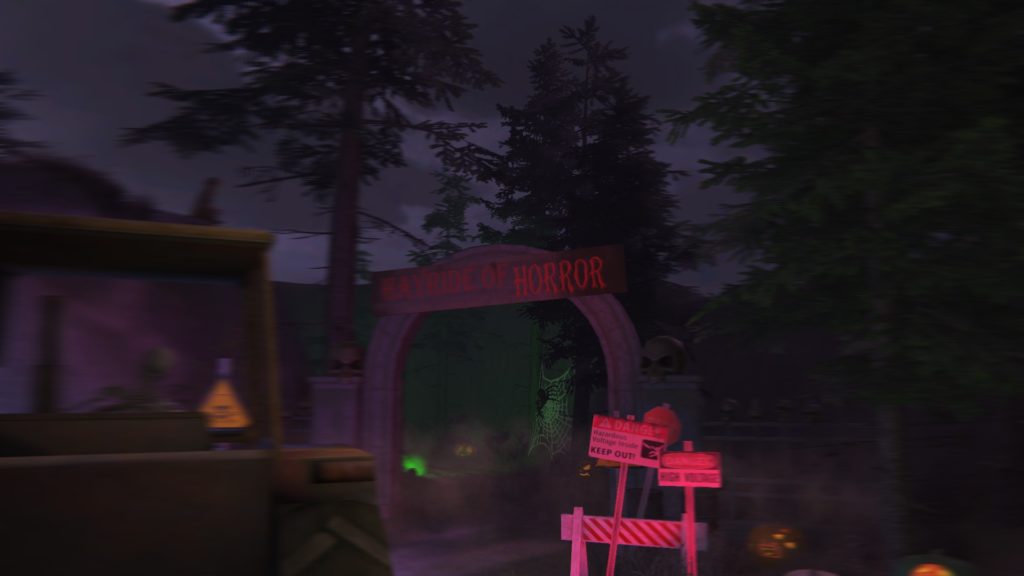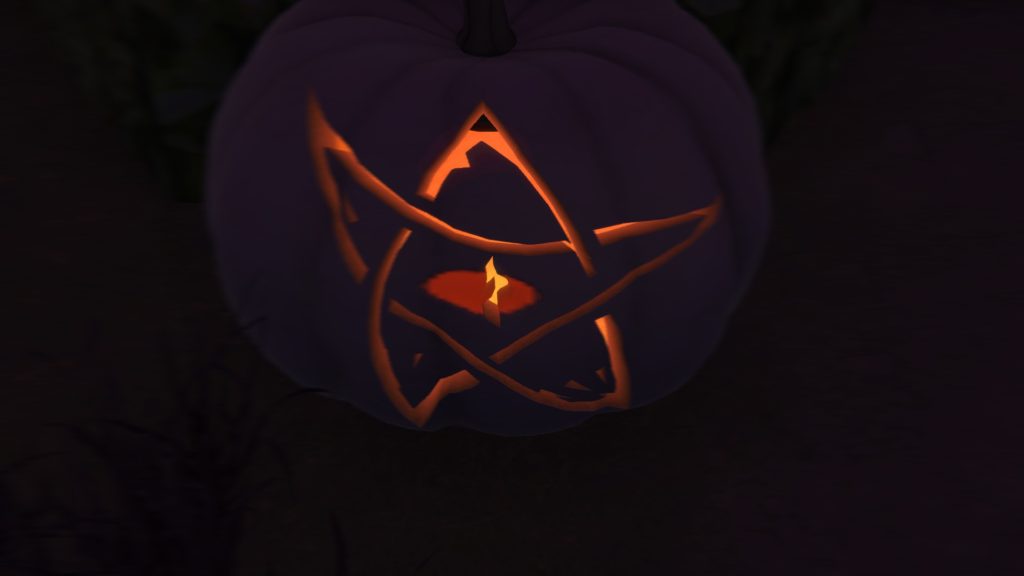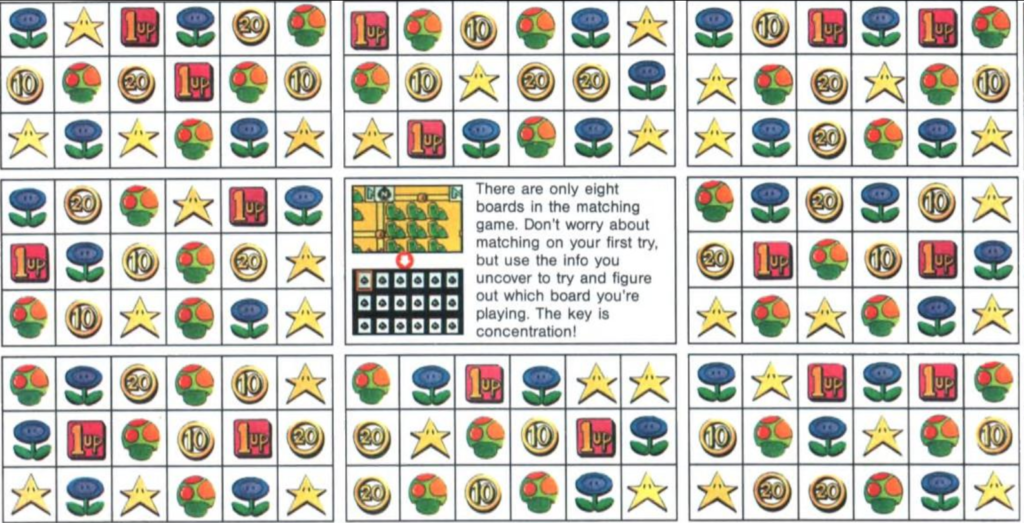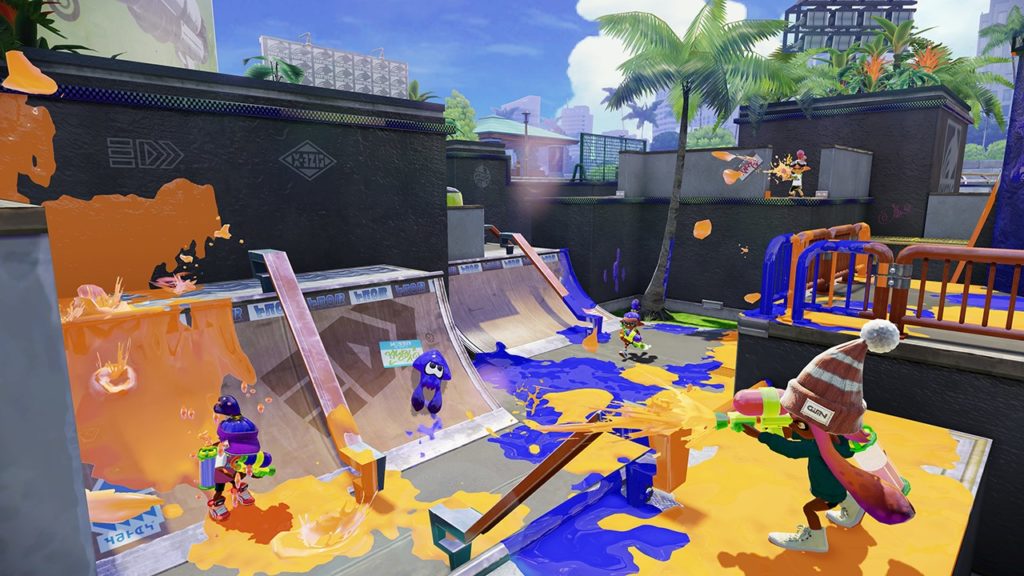
Ah, it crept up on me, so let me remind everyone that Roguelike Celebration begins today, although until tomorrow it just means they’re opening their social space for awhile. Nicole Carpenter at Polygon wrote a short piece about this year’s conference.
There is an admittance fee, but if you can’t afford it you can also get a free pass! Please consider paying them if you are able though, they do a lot of work every year in putting it together.
Here is the official schedule (linked), below is it presented just as a list of talks, with ✨sparkle emojis✨ around the things that personally enthuse me. ✨Just because!✨
Times given are US Pacific/Eastern. If you think the short times between starts are indicative of short talks, most of them aren’t that short, they have two tracks going on beside each other:
SATURDAY
9:30 AM/12:30 PM: Arron A. Reed, Klingons, Hobbits, and the Oregon Trail: Procedural Generation in ✨the First Decade of Text Games✨
10:00 AM/ 1 PM: Nic Tringali, ✨Abstract Space Exploration✨ in The Banished Vault
10:30 AM/ 1:30 PM: Linas Gabrielaitis, Fictions of Infinity in ✨Geological Finitudes✨
10:45 AM/1:45 PM: Ludipe, Exploring ✨Pacifist✨ Roguelikes
11:30 AM/2:30 PM: Florence Smith Nicholls, Another Stupid Date: ✨Love Island as a Roguelike✨
11:45 AM/2:45 PM Kes, Hunting the Asphynx: Roguelikes, ✨Provenance✨, and You
Noon/3 PM: Mike Cook, Generating Procedures: ✨Rule and System Generation✨ for Roguelikes
1:30 PM/4:30 PM: Scott Burger, The ✨Data Science✨ of Roguelikes
2 PM/5 PM: Nat Alison, In Defense of ✨Hand-Crafted Sudoku✨
3 PM/6 PM: Eric Billingsley, Scoped-down design: ✨Making a Tiny Roguelike✨
3:30 PM/6:30 PM: Elliot Trinidad, Touching Grass & Taking Names: Tuning the ✨Blaseball✨ Name Generator
4:30 PM/7:30 PM: Paul Hembree, Audible Geometry: Coordinate Systems as a Resource for ✨Music Generation✨
5 PM/8 PM: Jurie Horneman, Why ✨Dynamic Content Selection✨ Is Hard
SUNDAY
9:30 AM/12:30 PM: Mark Johnson, ✨Generating Riddles✨ for a Generated World
10 AM/1 PM: Jesse Collet & Keni, Fireside Chat About the Development of ✨NetHack✨
10:30 AM/1:30 PM: ✨Leigh Alexander✨, ✨McMansions of Hell✨: Roguelikes and Reality TV
1 PM/4 PM: Ray, Remixing the Layer Cake: Facilitating ✨Fan Reinterpretation✨ Through ✨Caves of Qud✨’s Modular Data Files
1:15 PM/4:15 PM: Crashtroid, Preventing Ear Fatigue with ✨Roguelike Music✨
1:30 PM/4:30 PM: Everest Pipkin, The Fortunate Isles: Fragment Worlds, Walled Gardens, and ✨the Games That Are Played There✨
2 PM/5 PM: ✨Jeff Olson✨, ✨Alphaman✨: Developing and Releasing a Post-Apocalyptic Roguelike Game in the ✨DOS Days✨ When Computers Were Slow, Memory Was Scarce, and No One Had Ever Heard of Object-Oriented Code
3 PM/6 PM: Dustin Freeman, ✨Live Action Roguelike✨
3:30 PM/6:30 PM: Jonathan Lessard, A ✨Simulation✨ with a View
3:45 PM/6:45 PM: Tom Francis, Generating ✨Boring Levels✨ for Fresh Experiences in Heat Signature
4 PM/7 PM: Patrick Kemp, Design Tooling at ✨Spry Fox✨
5 PM/8 PM: Stav Hinenzon, A Messy Approach to ✨Dynamic Narrative✨ in Sunshine Shuffle
5:15 PM/8:15 PM: Josh Galecki, ✨Procedurally Generating Puzzles✨
5:30 PM/8:30 PM: Jasper Cole, ✨Backpack Hero✨ – Player Upgrades and Progression
6 PM/9 PM: Brianna McHorse & Chris Foster, Fusing AI with Game Design: Let the ✨Chaos✨ In


